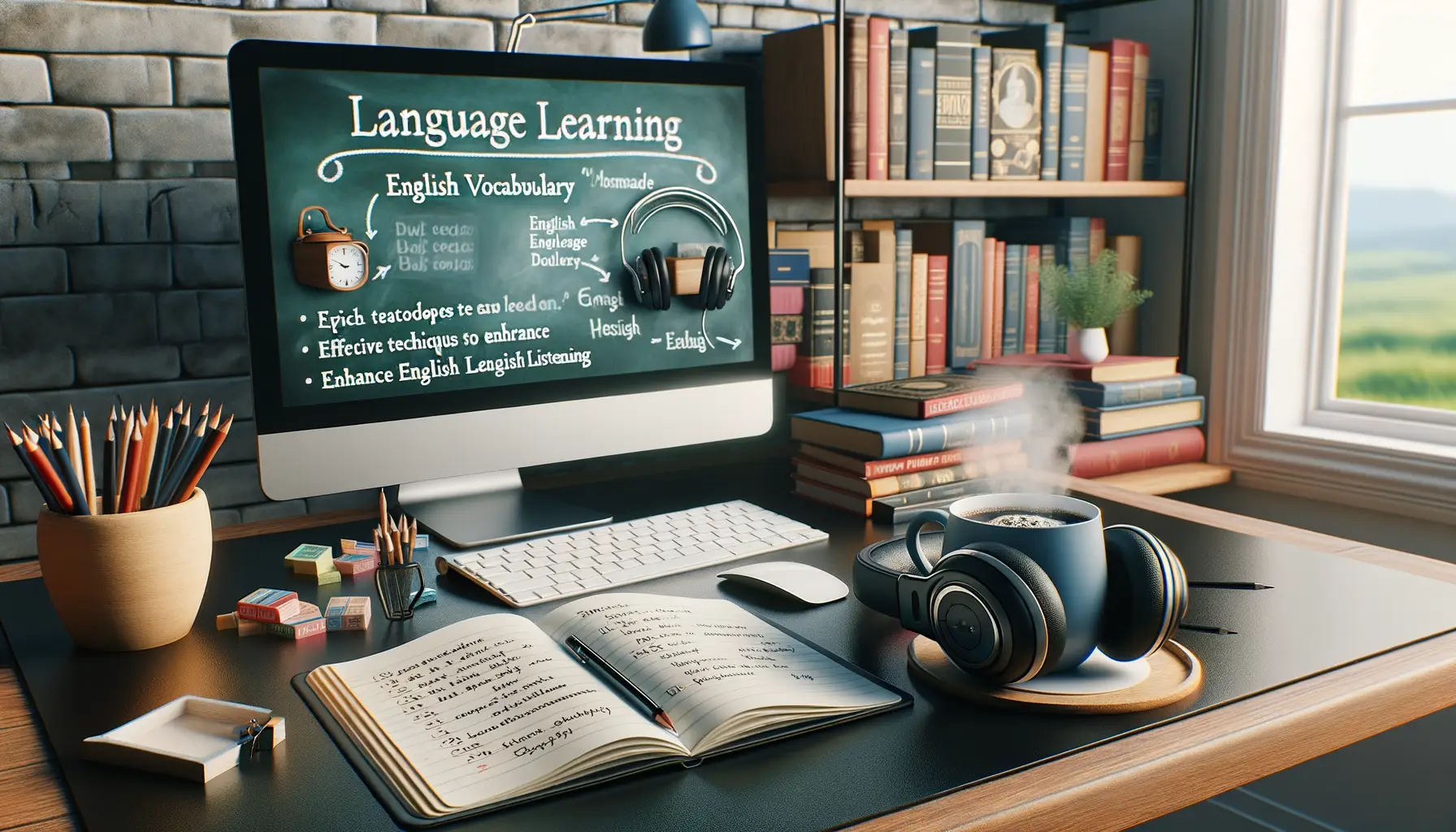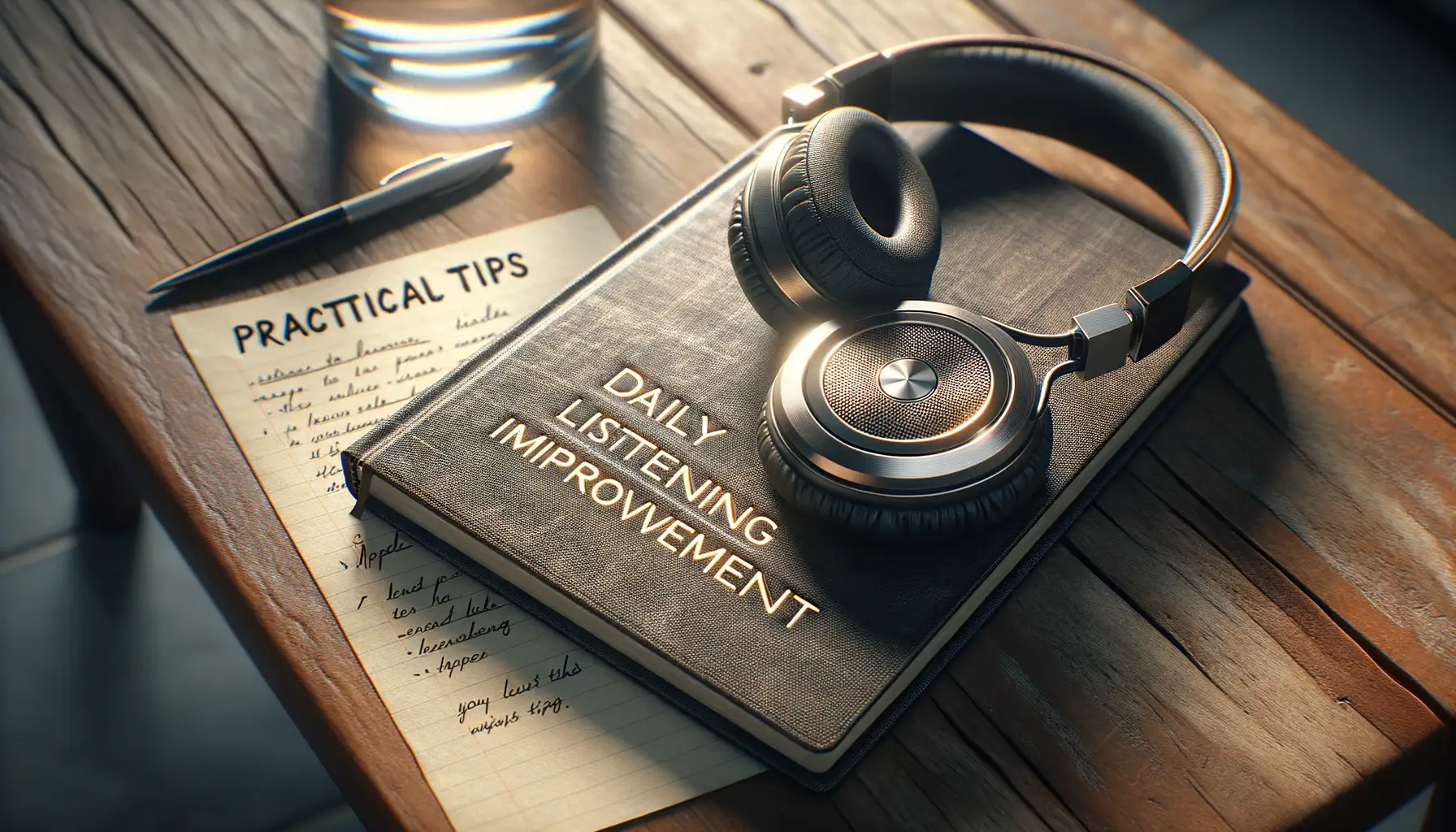Why Listening Skills Are Essential for Language Learning
Unlock the Gateway to Fluency
Imagine trying to bake a cake without tasting the batter or hearing the timer ding. Sounds bizarre, right? Learning a language without honing your listening skills is just as unthinkable. Listening is the gateway to understanding not just words, but the rhythm, melody, and heartbeat of a language. It’s the first step in feeling at home with English.
Think about it—when toddlers learn to speak, they don’t start with grammar exercises. They listen. They absorb. They mimic. Through listening, you catch the nuances: the casual rise and fall of accents, the way native speakers blend words like waves lapping at a shore. Missing out on this skill is like trying to dance when you can’t feel the music.
- Listening improves your pronunciation as you naturally pick up correct sounds.
- It exposes you to real-world vocabulary beyond textbooks.
- You develop that “gut feeling” for grammar rules and sentence structure.
Strengthening your listening is more than just hearing words—it’s about diving into the soul of the language and letting it wrap around you like a favorite song.
Effective Techniques to Enhance English Listening

Turn Passive Listening into Active Engagement
Ever feel like English is just slipping past your ears, like water through your fingers? The secret lies in how you listen. To make real progress, transform your listening sessions into a two-way street. Instead of just hearing words, focus on reacting to them. For example, while watching a favorite Netflix show in English, try pausing after a character speaks and mimic their tone, rhythm, or even their exact words. It’s not just about understanding—it’s about *feeling* the language.
Another powerful trick is to ask yourself questions as you listen: “What’s the main idea they’re sharing? How would I respond?” This mental dialogue keeps you from zoning out and locks you into the conversation. Think of it like having a tiny personal debate team inside your head—fun, right?
Break It Down: Listen with Intent
Here’s a game-changer: slow things down. Instead of diving into long podcasts or movies immediately, start small!
- Listen to short audio clips or TED Talks with subtitles turned on.
- Rewind tricky parts and replay them until they click. Don’t worry—it’s not cheating; it’s learning.
- Write down phrases or expressions that spark your interest, then try to use them in your next conversation.
Think of this as taking a puzzle piece by piece instead of trying to see the whole image at once.
Best Resources and Tools for Practice

Immerse Yourself with These Game-Changing Tools
Finding the right resources to fine-tune your English listening skills can feel like sifting through an endless ocean of options. But don’t worry—you don’t need a treasure map; I’ve got you covered.
For starters, dive into platforms like BBC Learning English or VOA Learning English. Their slow-paced, clear audio is perfect for building confidence without making you feel like you’re running a verbal marathon. And podcasts? Oh, they’re pure gold—check out ESLPod or the delightful All Ears English podcast. They mix real-life topics with valuable listening practice, all while keeping it fun and engaging.
Feeling adventurous? Try apps like Duolingo or LingQ. These tools let you explore bite-sized exercises that match your level and interests, whether it’s news stories, pop culture, or travel tips. Bonus: they’re in your pocket, so you can improve anywhere—grocery lines, bus rides, even waiting for your coffee.
Interactive Resources That Feel Like Play
You want tools that don’t just teach—they entertain. Enter Netflix and TED Talks. Turn on English subtitles while binge-watching your favorite series or speeches. It’s like having a personal language tutor disguised as entertainment.
For something more hands-on, try these ideas:
- Join a global English-speaking community like Italki, where you can connect with native speakers for one-on-one conversations.
- Experiment with speech-to-text tools (like on YouTube) to test how much the machine deciphers what you’ve learned—it works wonders for pronunciation!
Mix and match these tools to create your ultimate personalized playlist for progress.
Common Challenges in Improving Listening Skills and How to Overcome Them

Why Does Listening Feel So Hard Sometimes?
Let’s be honest—improving your English listening skills can feel like scaling a mountain with no map. Have you ever spent hours watching videos, only to catch one or two words? That frustration is real, and you’re not alone. One common challenge is the *speed* of native speakers. They don’t just talk; they race! It’s like trying to catch a train that’s already left the station.
Another stumbling block? **Accents**. British, American, Australian… suddenly “water” sounds like three completely different words. And then there’s the ocean of unknown vocabulary. Without context, unfamiliar terms can throw you off, making you feel like you’re deciphering alien code.
So how do you push through?
- Start slow: Choose materials with subtitles or slower audio. For example, YouTube has plenty of beginner-friendly content.
- Train your ears: Focus on one accent at a time—it’s easier to master one pattern than juggle them all.
Remember, fluency isn’t about perfection. It’s about progress, one step—or one word—at a time.
When Confidence Takes a Hit
Ever freeze up when you don’t understand a single sentence? That panic spiral is totally normal. But here’s the thing: even fluent speakers miss bits of conversation! The key is learning to embrace imperfection. Turn these moments into opportunities to improve.
Try this: pause and repeat audio clips until they make sense. Can’t catch it all? Listen for familiar sounds—the melody of speech often reveals more than the words themselves. And give yourself grace. It’s a journey, not a test.
Practical Tips for Daily Listening Improvement

Start Small but Stay Consistent
Improving your English listening skills doesn’t need to feel like climbing a mountain—it’s more like planting a garden. A little effort every day will yield golden results. Kick off by setting aside just 10 minutes daily to immerse yourself in English audio. It could be your favorite TED Talk, a snippet from a popular podcast, or even the intro of a TV show you’ve been meaning to watch. The magic lies in showing up consistently!
If you’re thinking, “What if I don’t understand most of what I hear?”—don’t sweat it. Focus on catching key words, common expressions, or even the tone of voice. Slowly, those pieces will come together like a puzzle.
- Listen during “dead moments”—while cooking, jogging, or waiting for the bus.
- Repeat short sections to train your brain to catch tricky sounds.
- Mimic phrases out loud to nail pronunciation and rhythm.
Turn Passive Listening into an Active Adventure
Instead of just letting words wash over you, interact with them! For instance, pause a movie scene and predict how the character might respond. Or jot down unknown phrases and look them up later. It’s the little discoveries that make this journey exciting.
And here’s a personal favorite: sing along to songs! Whether it’s Ed Sheeran or Billie Eilish, singing forces you to focus on pronunciation, word flow, and even sentence stress patterns. Plus, it’s ridiculously fun—you’ll hardly notice you’re learning!





